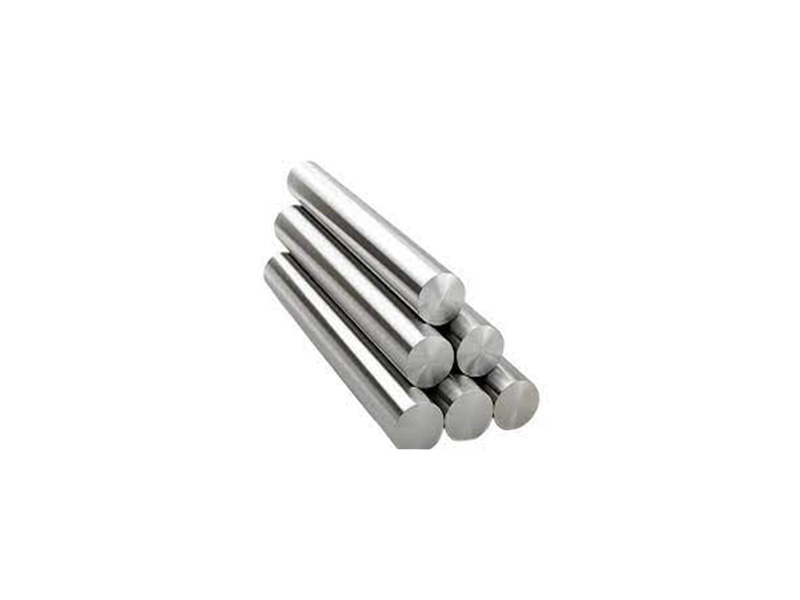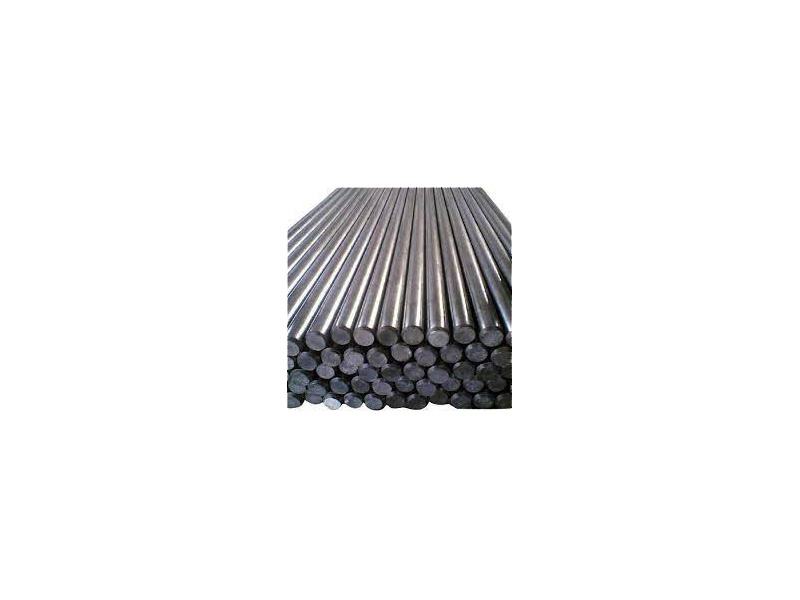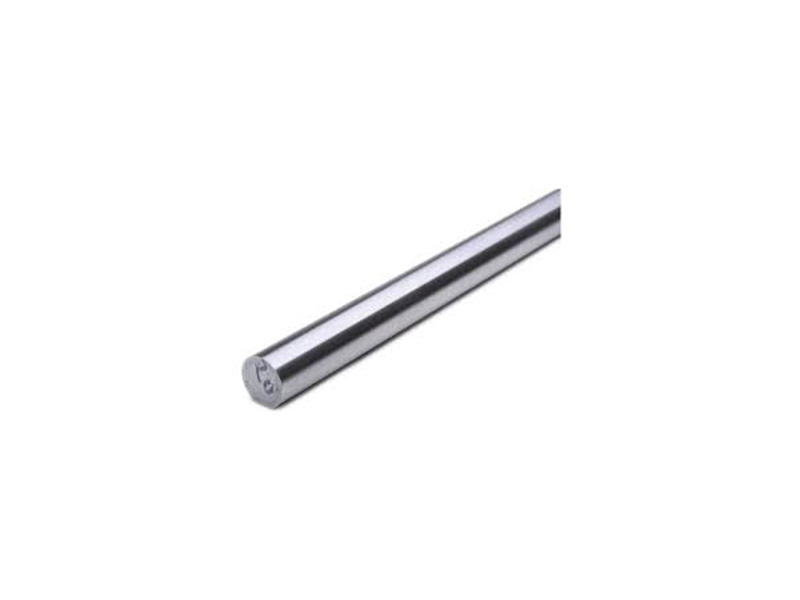

In a recent video blog series, we reviewed the main types of steel on the market today. From carbon steel to engineering steel, from tool steel to stainless steel, there are countless types, categories and grades of steel. Of these, it is a common term used to describe the general type of steel. But what exactly is mild steel? To help define the term, this article will explain its properties, how it is manufactured and some common examples of its application.

The lack of alloying elements such as those found in stainless steel means that the iron in it will oxidise (rust) if it is not properly coated. However, the amount of alloying elements is negligible compared to other steels, which also contributes to the relatively low price of mild it. It is this low price, weldability and workability that makes it a popular steel choice for consumers.


Mild steel is manufactured in a similar way to other carbon steels. A common method is to combine iron ore and coal. Once the coal and iron ore have been mined from the earth, they are melted together in a blast furnace. After melting, the mixture is transferred to another furnace to burn off any impurities they may have, as well as making any other adjustments to the chemical composition of it. After this, the steel is allowed to solidify into a rectangular shape. This mild steel sheet is then usually reduced to the required size using a process known as hot rolling or cold drawing, although other methods are also available.
Here are some examples of where it is used in the world:

For Further Details,Please Feel Free To Contact Us: